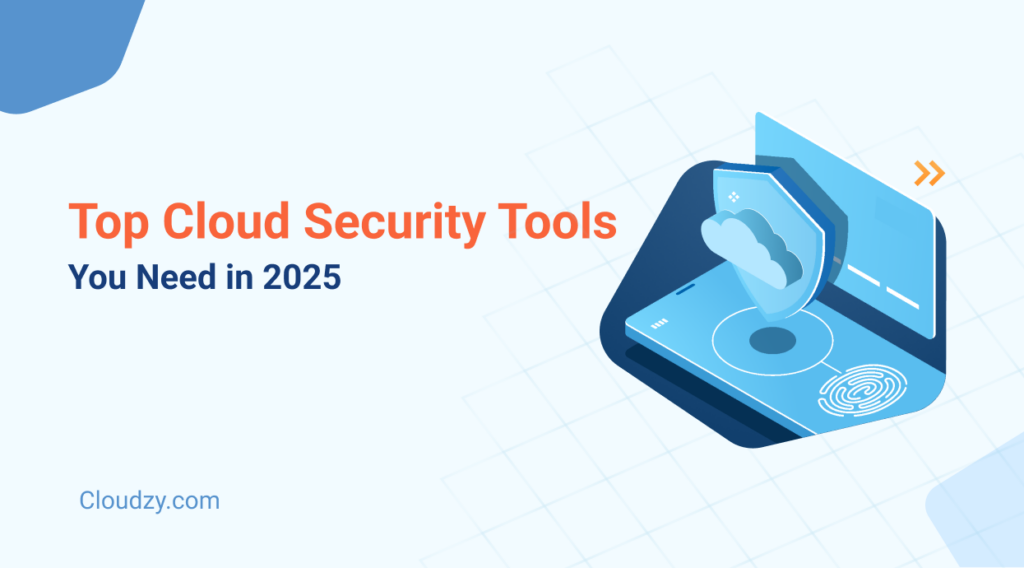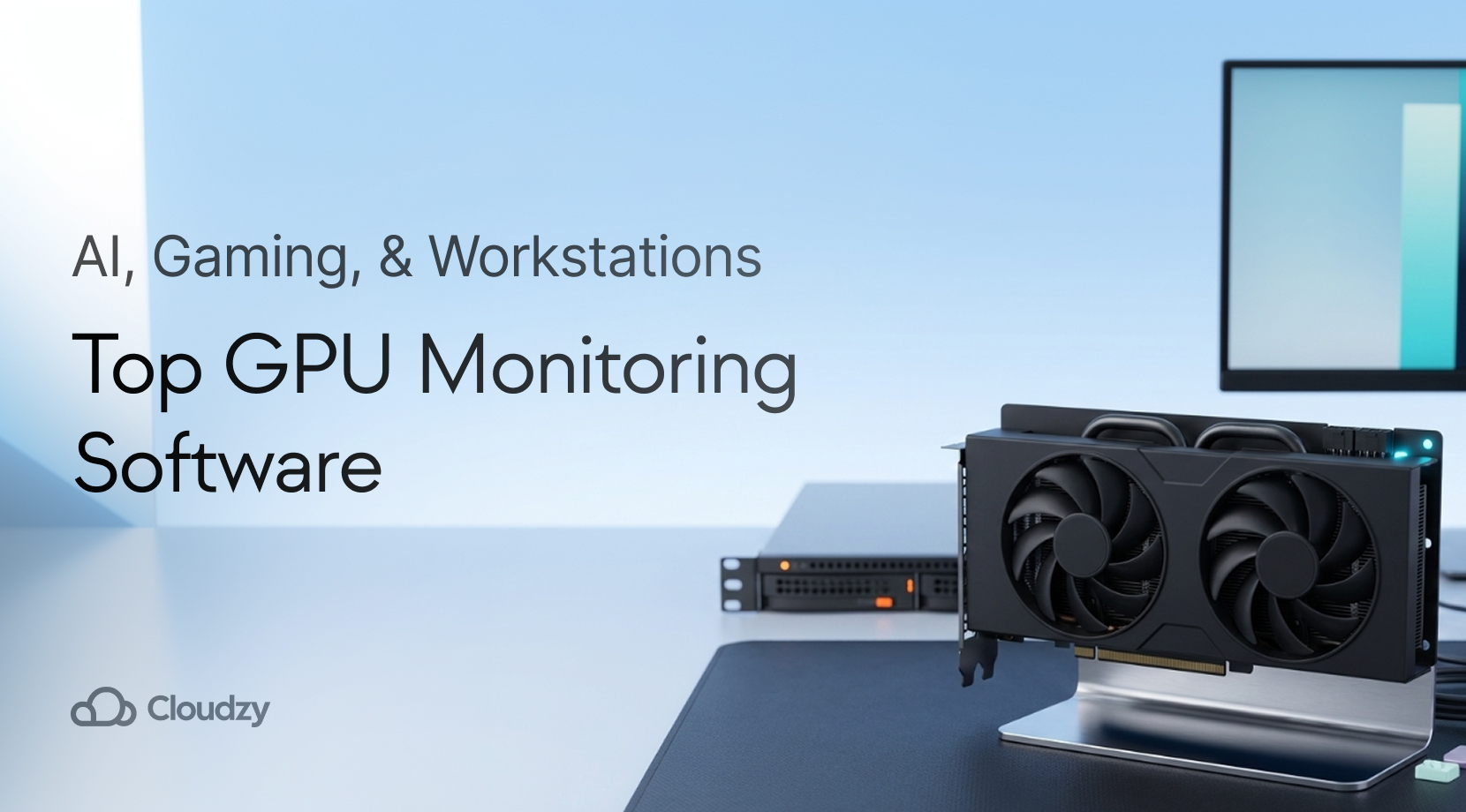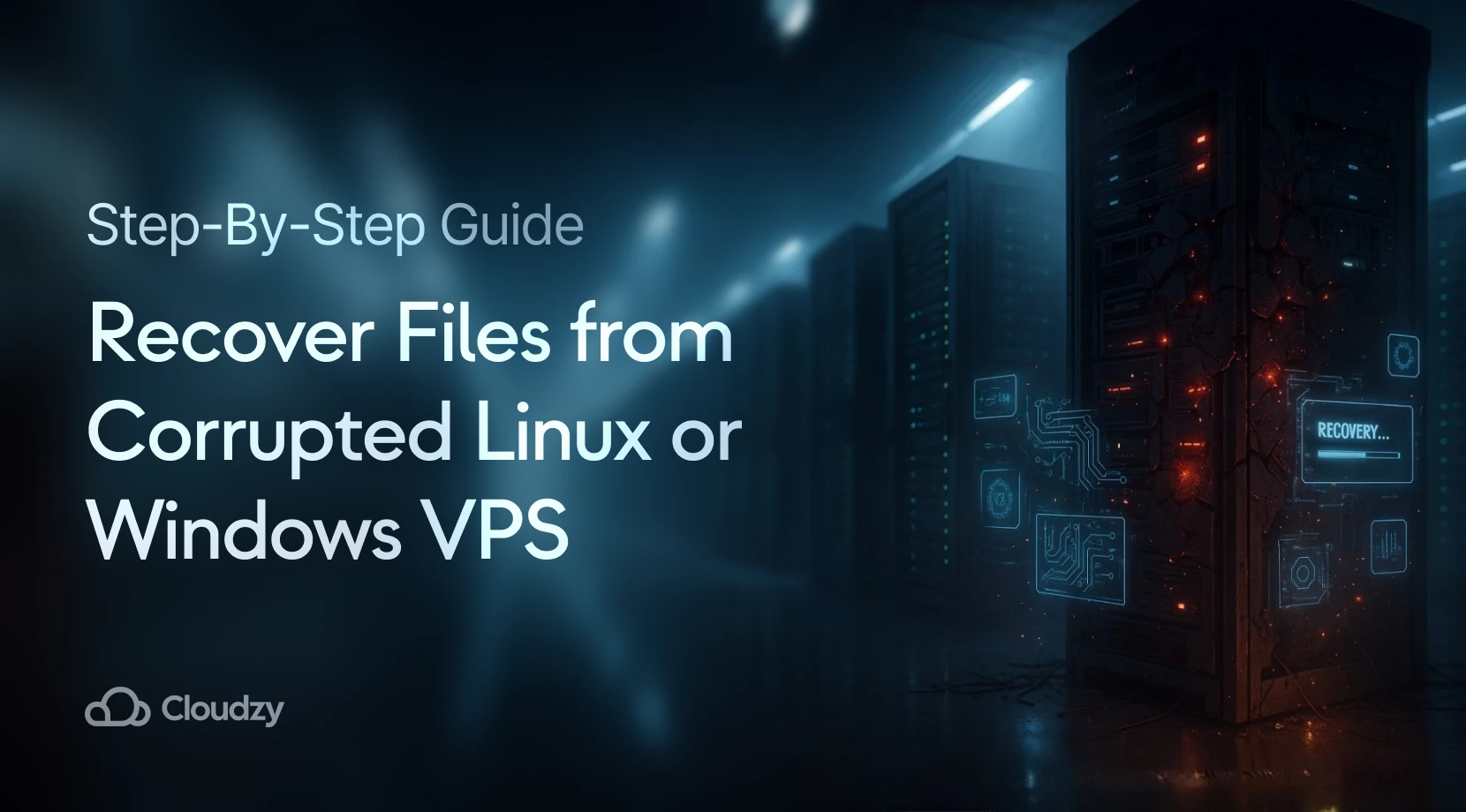A cloud security tool is a software intended to protect the cloud from cyber threats, including data, applications, and infrastructure and help to prevent breaches, ensure compliance, and protect sensitive information in the cloud. With organizations increasingly relying on cloud services to store and process sensitive information, security becomes a must.
IBM’s 2024 Cost of a Data Breach Report states that 40% of data breaches implicated data stored across multiple environments, including public cloud, private cloud, and on-premises systems. In addition, breaches that only involved public clouds were the most expensive, their costs averaging $5.17 million in losses, 13.1% more than last year’s figure.
Cloud Security Tools Categories
The tools that go into formulating an all-around security strategy are grouped according to their functions and the kind of threats they ultimately work on. These central types of cloud security tools would include:
- Preventative Tools: These tools bring up running security issues before they happen. Integrates into the process from development to deployment in order to enforce rules for weaknesses.
- Detective Tools: Focuses on the discovery and alerting of organizations to an ongoing or past security incident; in their continuous monitoring, they will analyze a cloud environment for the presence of anomalies that may indicate incursions into the system.
- Corrective Tools: With responding and mitigating, these tools assist in incident response, recovery, and remediation of the system to a secure state.
- Deterrent Tools: Strong security measures are put into place, thus making the cloud environment less appealing to attack, pretending to keep away the possible potential attackers.
Moreover, the cloud security tools can also be categorized according to their specific functions as follows:
- Cloud Access Security Brokers (CASB): acts as intermediaries between users and cloud service providers and enforce security policies and visibility into cloud application usage.
- Cloud Security Posture Management (CSPM): Automates the identification and remediation of risks within cloud infrastructures while ensuring compliance with security policies and standards.
- Cloud Workload Protection Platforms (CWPP): Secures workloads in cloud environments, including virtual machines, containers, and serverless functions.
- Static Application Security Testing (SAST): Analyzes the source code or binaries for security vulnerabilities without executing the program. This helps developers understand the problem and fix it early in the development-lifecycle.
- Secure Access Services Edge (SASE): Brings together network security tasks with wide-area networking capabilities in order to secure such access during an application and its data, regardless of the location of users.
- Cloud Infrastructure Entitlement Management (CIEM): Guarantees and enforces the same inside cloud environments when it comes to entitlements and permissions without unauthorized access or privilege escalation.
How To Choose a Cloud Security Tool
By clearly identifying your security requirements and assessing each tool against these criteria, you can select a cloud security solution that not only protects your digital assets but also aligns with your organization’s long-term growth and compliance goals.
Define Your Security Objectives
- Assess Needs: Data/Application/Workload Protection – do you need protection for all three or just one form?
- Compliance Requirements: It should support specific industry regulations as well as security framework and policy (like NIST, CIS Controls, or ISO/IEC 27017).
Evaluate Core Features
- Threat Detection and Response: Real-time monitoring, automated threat detection, and incident response should also be considered.
- Vulnerability & Configuration Management: Continuous scanning for vulnerabilities and alerts for misconfigurations should be provided by the security management tool.
- Identity & Access Management (IAM): You can’t get cut without IAMs and the locking down of access with multi-factor authentication (MFA).
- Data Encryption & Protection: Make sure that access to your restricted environment and open networks is encrypted.
- Integration and Scalability: The tool should operate continuously with the integrated cloud infrastructure (be it AWS, Azure, Google Cloud, or multi-cloud environment) and be scalable with operations growth.
Consider Usability and Management
- Centralized Management: Just one dashboard for overseeing and correlating alerts would be very useful.
- Simplicity of Deployment: Deploy as code with Terraform or anything like it to have fewer manual errors and ease provisioning.
- Automation: Automated compliance monitoring and remediation will do a lot in terms of reducing operational cost.
Vendor Support and Cost Considerations
- Vendor Reputation: Investigate customer feedback and documented evidence in terms of whether the vendor would be reliable and provide a satisfactory level of support.
- Pricing Models: Size and usage of your organization should also be considered when comparing the different pricing plans because many tools on their website have free trials or demo versions they can let you test first.
- Continual Support: Ensure the vendor provides periodic updates, comprehensive documentation, and technical support in the event of emergencies.
Test and Validate
- Proof of Concept (PoC): You would then need to run a PoC for testing for performance and security criteria for the selected tool.
- Continuous Auditing: Consider tools with audit framework and reporting tools so that your cloud environment remains secure over time.
7 Top Cloud Security Tools
Choosing a cloud security tool means cloud security review. It means, for example, before deploying any new application, any team can run a detailed cloud security review for reassurance that all sensitive data is well-protected. Here’s 7 best cloud security tools:
1. Cisco Cloudlock
Cisco Cloudlock is a cloud based security platform, worldwide leader in networking, cybersecurity, and cloud security solutions, offering an entire portfolio of products that operate in either the on-premises or cloud arena.
Type of Cisco Cloudlock:
Cloud Access Security Broker (CASB) & Data Loss Prevention (DLP)
Pros of Cisco Cloudlock:
- Offers data loss prevention (DLP) for visibility into cloud-based applications.
- Works as a Cloud Access Security Broker (CASB) providing policies for shadow IT detection and access control
Cons of Cisco Cloudlock:
- Require more complex environments, configuration and customization.
- Pricing may be prohibitive for some smaller enterprises
Pricing:
- Cisco Cloudlock is priced based on the number of users and features.
2. Trend Micro
Trend Micro is a worldwide security company whose focus is security software and solutions for endpoint protection, hybrid cloud, and network security.
Type of Trend Micro:
Cloud Security Posture Management (CSPM), Cloud Workload Protection (CWP), and Container Security.
Pros of Trend Micro:
- Offers security for cloud environments in a broad sense, CSPM, and workload security.
- Supports multi-cloud deployments with integrations.
Cons of Trend Micro:
- High CPU and resource usage.
- Offers complex pricing that may not cater to small businesses.
Pricing:
Trend Micro Cloud One charges with workload consumption.
3. CrowdStrike
CrowdStrike is the leading industry in cybersecurity and is known for its AI endpoint protection, threat intelligence, and cloud security services. CrowdStrike Falcon detects and prevents advanced cyber threats in real time by taking advantage of machine learning and behavioral analytics.
Type of CrowdStrike:
- Cloud Threat Detection, Endpoint Security, and Threat Intelligence.
CrowdStrike Pros:
- Advanced AI-driven algorithms stop advanced threats in real-time.
- User behavior and application behavior visibility to discover vulnerabilities.
CrowdStrike Cons:
- Licensing fees could be rather high for a small company.
- May be overkill for smaller organizations seeking simpler security tools.
Pricing:
- CrowdStrike Falcon pricing depends on the plans (Essential, Pro, and Enterprise).
4. SentinelOne
SentinelOne is a pure-play cybersecurity company specializing in artificial intelligence-based autonomous threat detection and endpoint protection. Their Singularity™ platform provides proactive real-time threat detection and remediation for cloud and on-premises environments alike.
Type of SentinelOne:
- Autonomous Threat Detection & Cloud Security.
Pros of SentinelOne:
- AI-based features for real-time autonomous threat detection and mitigation.
- Flexible security for hybrid cloud support.
Cons of SentinelOne:
- Steep learning curve for configuring advanced functionalities.
- Complex cloud setups have limited support for legacy systems.
Pricing:
- Pricing for SentinelOne is tiered based on the number of agents and environments.
5. Okta
Okta stands at the forefront of developing identity and access management (IAM) solutions, and it further provides a full-fledged cloud-based platform for secure user authentication. The users are Okta’s main concern-it wants to ensure simple access for them and equally ensure compliances across various cloud applications and systems.
Type of Okta:
- Identity and Access Management (IAM).
Pros of Okta:
- Enables single sign-on (SSO) and multi-factor authentication (MFA) across cloud apps.
- Ensures secure user access while maintaining compliance.
Cons of Okta:
- May require integration effort for existing non-Okta systems.
- Can be cost-prohibitive for smaller organizations.
Pricing:
- The pricing for Okta is on a subscription basis and varies according to features and users.
6. Zscaler
Zscaler is a cybersecurity company in the area of zero-trust network access and secure cloud access.
Type of Zscaler:
- Secure Access, Zero Trust Security.
PROS OF ZSCALER:
- Policy-based secure access is provided for internal apps, protecting against exposure to the internet.
- Scalability in a cloud-native solution, with large organizations and remote teams in mind.
CONS OF ZSCALER:
- But there is some latency introduced due to cloud security nodes.
- Integration with legacy systems is complex.
Pricing:
Zscaler pricing is based on users and access needs.
7. Qualys
Qualys is a global provider of cloud-based security and compliance solutions focused on vulnerability management and continuous monitoring for hybrid IT environments.
Type of Qualys:
- Vulnerability Management and Cloud Security Compliance
Pros of Qualys:
- Provides continuous vulnerability scanning and real-time asset discovery.
- Supports hybrid environments, securing both cloud and on-prem assets.
Cons of Qualys:
- Learning curve for complex setups.
- Pricing may be cost-prohibitive for smaller businesses.
Pricing:
- Qualys Cloud Platform’s pricing depends on asset coverage.
Conclusion
Choosing the right cloud security tools is crucial for protecting your organization’s cloud infrastructure, applications, and sensitive data. By understanding the different types of cloud security tools and evaluating their features, you can ensure that you select a solution that fits your security requirements and supports your long-term business goals. As cloud threats evolve, staying updated with the latest cloud security tools will help you stay one step ahead of cybercriminals in 2025 and beyond.



